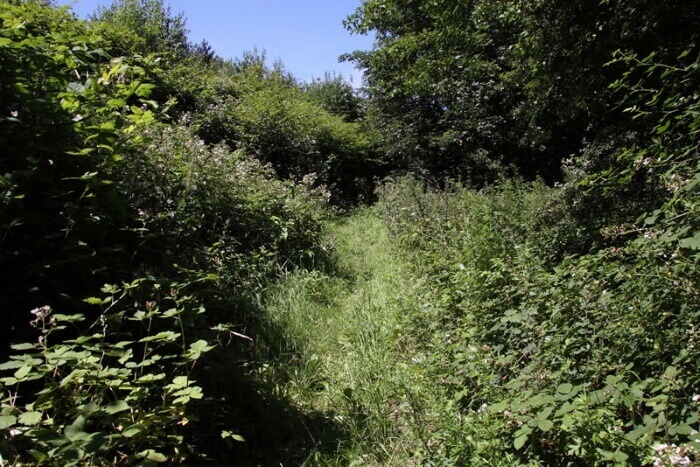The public have until 30th June to comment on proposals to build a new waste incinerator in Edmonton, considerably larger than the current incinerator, which it would replace. The new buildings would be on the northern side of the North Circular, to the north and south of the present plant, which would then be demolished, leaving a space in between. Public exhibitions will be held in Enfield, Edmonton, Northumberland Park and Chingford.
 The scheme, which would cost £500 million and be completed in 2025, is known as the North London Heat and Power Project. Its largest element would be an Energy Recovery Facility, which would burn unrecyclable waste and use the heat thus generated (the recovered energy) to produce both electricity and hot water - the electricity would go into the national grid, the hot water would be used for district heating schemes, such as those currently proposed by Enfield Council (the Enfield proposals would use various sources of heat, they are not dependent on the new incinerator).
The scheme, which would cost £500 million and be completed in 2025, is known as the North London Heat and Power Project. Its largest element would be an Energy Recovery Facility, which would burn unrecyclable waste and use the heat thus generated (the recovered energy) to produce both electricity and hot water - the electricity would go into the national grid, the hot water would be used for district heating schemes, such as those currently proposed by Enfield Council (the Enfield proposals would use various sources of heat, they are not dependent on the new incinerator).
The new incinerator, as well as being larger, would be much more efficient in terms of energy output over energy input than the current incinerator, which carries the lower classification of Energy from Waste Facility.
In addition to the incinerator, the project includes a new Resource Recovery Facility - essentially a facility for sorting waste as delivered to the site. However, unlike the present "EcoPark", there would be no composting facility - the waste authority argues that this smelly activity is better done in a rural environment. Despite this, the rebuilt EcoPark plans to continue to supply compost free of charge to community groups.
The current consultation is the second - the first phase related to more the general principle of building the facility, the second includes much more detail about its design. On the basis of feedback from the first phase of consultation, the North London Waste Authority (NLWA) took the decision to move onto the next phase.
The NLWA has published a Phase One Consultation Feedback Report summarising the comments that were received and how it has chosen to take them onboard (or not, as the case may be).
For the current phase of consultation a large number of detailed (but generally fairly accessible) documents are available online. They address such issues as the technologies to be used, environmental impacts, health impacts and so on. While the new incinerator will be twice as high as the current plant, various features of the external design are meant to make it less conspicuous.
While the new plant would appear to be a great improvement in terms of energy efficiency and the amount of pollution emanating from the chimney stack (similar in size to the current chimney), a major question is whether such a mega project can be justified. Will the amount of waste remaining after separation out of recyclables will be enough to fuel this giant? If not, might that lead to reduced efforts to recycle, might it make the plant financially unjustifiable, might it result in the NLWA importing waste from other parts of the country? If the project does prove to be a mistake in terms of its cost/benefit ratio, it is the north London boroughs and their residents who stand to lose.
These are some of the questions raised during the first consultation phase by campaigns such as the Pinkham Way Alliance and the Enfield Green Party, as we reported in April. Though the Authority claims confidently that the documents now available provide a sound business case, it is difficult, not to say impossible, for a layman to judge, but one cannot but have suspicions that such a huge project might be a case of empire building.
However, even if judging the overall soundness of the scheme is beyond us, there are many smaller questions where ordinary members of the public are qualified to comment.
For detailed information about the project and to comment on the proposals, see the North London Heat and Power website and in particular the Document Library page, which provides introductions and links to the many detailed documents.
Public exhibitions
Oasis Academy Hadley, South Street, Enfield EN3 4PX
Friday 5 June 5pm – 9pm
Saturday 13 June 10am – 4pm
The Artzone, Edmonton Green Shopping Centre, 54 The Market Square N9 0TZ
Saturday 6 June 12pm – 6pm
Tuesday 9 June 4pm – 9pm
Parkside Primary School, 82 Peel Close, Chingford E4 6XQ
Wednesday 10 June 4pm – 8pm
Neighbourhood Resource Centre, 177 Park Lane, Northumberland Park, London N17 0HJ
Thursday 11 June 4pm to 8pm
